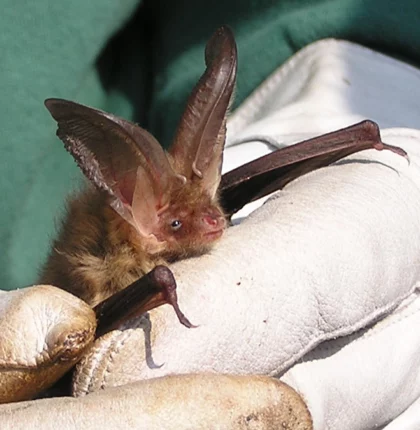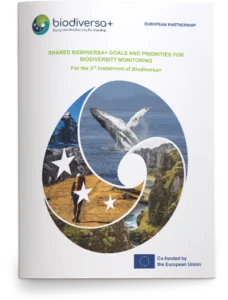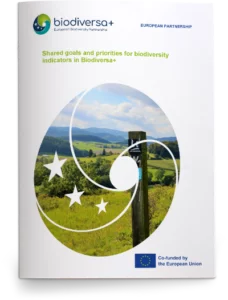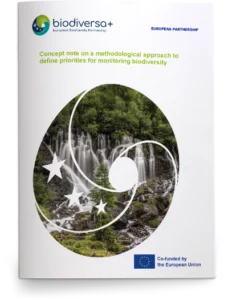Supporting and valorising biodiversity monitoring: governance, administration, information systems, metrics, novel technologies, social sciences
Rationale: This special topic covers all aspects of biodiversity monitoring that are not related to specific biodiversity monitoring activities per se, but are nevertheless crucial for the advancement of biodiversity monitoring across scales. This includes fundamental aspects like governance, information systems (data systems), biodiversity metrics (e.g. essential biodiversity variables [EBVs], aggregative or composite indicators), supporting the uptake of novel technologies to monitor biodiversity, and the role of social sciences in biodiversity monitoring. Several aspects need to be considered, from filling in gaps and missing pieces in the biodiversity monitoring landscape, to coordination of existing schemes in order to leverage at a higher level the effort of national and subnational programmes.
Existing initiatives and policy relevance: The EU Biodiversity Strategy for 2030 is central for the Biodiversa+ partnership, with direct links to European regulations: the Habitats and Birds Directives, the Nature Restoration Regulation, the MSFD, the Water Framework Directive (WFD), the upcoming Soil Directive, and the Natura 2000 network. In relation to the piloting of a European Biodiversity Observation Coordination Centre (EBOCC), Biodiversa+ aims to help build national biodiversity monitoring coordination centres. Key transnational actors in this area include the European Environment Agency (EEA), European Environment Information and Observation Network (Eionet), and the European Topic Centre Biodiversity and Ecosystems (ETC BE). Global initiatives such as the Global Biodiversity Information Facility (GBIF), the Ocean Biodiversity Information System (OBIS), and the Global Biodiversity Observing System (GBiOS, a global observatory to monitor Earth’s biodiversity developed by GEO BON) aim to streamline data sharing and collaboration by combining technology, data, and knowledge from around the world. At the European scale, several research infrastructures are relevant actors for transversal activities: LifeWatch ERIC is a research infrastructure aims to provide online access to the world’s biodiversity content, services and communities for scientists; EMBRC facilitates access to services, facilities, and technology platforms for marine biodiversity and ecosystems research; the eLTER Research Infrastructure provides services for users (from data management to analysis and synthesis) and in-situ facilities for long-term ecosystem research. Finally, the GBF calls for integrating biodiversity in decision making, strengthening capacity building and technology transfer, and data and knowledge sharing through several targets.
Biodiversa+ activities: Four Biodiversa+-funded projects (1 under the BiodivProtect call and 3 under the BiodivMon call) relate to this priority: TRANSNATURE (“TRANSboundary governance models of biodiversity protection: case studies for an enhanced protection of NATURal resources in Europe”) focuses on transboundary biodiversity conservation governance; DNAquaIMG (“Innovative transnational aquatic biodiversity monitoring using high-throughput DNA tools and automated image recognition”) focuses on the use of DNA-based and automated image-based biodiversity monitoring in freshwater; ENABLElocal (“Enabling use of biodiversity monitoring data in local conservation management”) will bridging gaps between biodiversity monitoring efforts and data infrastructures at the national or transnational levels, and practical decision-making at local scales; Forest-Web-3.0 (“Mobilising, harmonising and incentivising forest biodiversity and environmental monitoring data through Web 3.0 technology”) will increase forest data accessibility to stakeholders, from conservation to resource extraction; METAPLANTCODE (“Harmonising plant metabarcoding pipelines in Europe to support monitoring activities in the field of plants and their functional organismic networks”) will harmonise and recommend best practices for plant metabarcoding. Altogether, transversal activities are a core focus of Biodiversa+, notably through the governance pilot (2023) and all the Biodiversa+ biodiversity monitoring activities at transnational level to support, in the long-term, the establishment of a transnational network of (sub-)national biodiversity monitoring schemes, well linked with Research & Innovation and policy, leading to improved monitoring of biodiversity. Biodiversa+ is committed to promote collaboration (notably through data sharing) across levels, all the way from transnational to local — while adhering to the principle of subsidiarity. Many ongoing and planned activities within the partnership essentially reinforce this approach, from the support to national biodiversity monitoring activities and national coordination centres to the better interoperability enabled by the use of EBVs and the development of BioDash (the European EBV-based dashboard of biodiversity monitoring programmes) and pilots. In addition, 10 Biodiversa+ partners invested in national biodiversity monitoring activities on transversal activities through Biodiversa+ during the 1st instalment: BOZEN, BMUV, MESD, MoC_EE, MoE_FI, MoEP, NCA_CZ, OFB, SPW_DGO3 and VL O. This figure increased to 15 during the Biodiversa+ 2nd instalment: BOZEN, DACC, EEA, ExEA, FB, MEPA, MESD, MoC_EE, MoEP, NCA_CZ, NPWS, OFB, SAS, SPW_DGO3 and SwAM.



